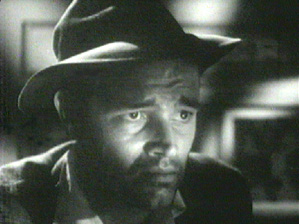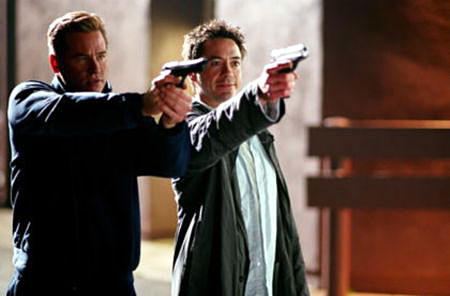Just as with language, film has its own rules, conventions and codes. The following and breaking of these particular conventions subtly convey messages about what the filmmaker is trying to express. Whether it is the close up, the juxtaposition of music with visuals or the editing between cuts, each decision says something about the purpose of the film, as well as the film as an entity in and of itself. Many film critics and theorists explain and argue the meaning of these conventions, and what each piece of the cinematography brings to the film as a whole. In his article, “The Work of Art in the Age of Mechanical Reproduction,” Walter Benjamin speaks about cinema as a political medium, stating that a film cannot be separated from its political roots. Both Triumph of the Will (1935) and Reassemblage (1
983) support Benjamin’s claim, but in very different ways; while in Triumph, director Leni Riefenstahlsticks to conventions in shot choice, sound and editing, the director of Reassemblage, T Minh-ha Trinh purposefully challenges the codes of cinema. In the end, both films are political
and controversial in nature, but express their standpoints in different ways.

Triumph of the Will, commissioned by the German government in order to increase German participation in the Nazi party and furthered the exaltation of Adolf Hitler. Due to the straightforward, propaganda-orientated purpose of the film, Riefenstahlsticks employs typical shot-reverse shots, close ups, highlighting music and continuity editing. Her purpose is to convince people to join, what she is trying to prove, is the right, popular party, and therefore will use everything in her power to force the cinematic qualities to reflect the purpose. In other words, she uses normal, universally accepted techniques in order to convey the message. During a parade in the film, Riefenstahlsticks uses the overjoyed, massive crowd in wide angles to show the happiness and respect of Germany for its leader, Hitler. She often employs individual shots of children, soldiers and women in the crowd, only to pair with an exalted sho
t of Hitler riding through the streets. This standard continuity editing shows the individualistic devotion within the crowd. In addition, the movement of the music that lays as a background to much of the film firmly reflects her purpose: the music often is a crescendo and swells when Hitler is shown in a position of leadership and hope. Benjamin says: “With regard to the screen, the critical and the receptive attitudes of the public coincide. The decisive reason for this is that individual reactions are predetermined by the mass audience response they are about to produce…” (Benjamin, 679). The idea of the mass, and basic understanding, is exactly what Riefenstahlsticks panders to. Behind her decisions lays the idea that if she can show the acceptance of the masses, she can convert the ideas of the individual, and in order to do so, she must force her discourse to be hidden but also to subconsciously reflect the story

Reassemblage is a completely different story. The discourse is not hidden and smooth, but rather jarring and rather distracting. The film explores the lives and roles of Senegalese villagers, with a special focus on women, in such a way that refutes the typical documentary feel that Triumph exemplifies. Reassemblage isolates itself from other journalistic documentaries early, opening with a black screen with confused music and voices, and then suddenly cutting to an image accompanied by silence. The editing is disjunctive, the narrative sporadic and not necessarily reflective of the image being shown, the music and sound an uncanny and inexplicable combination of silence and ethnic beats. However, all together, it is eloquent and powerful. In his article, Benjamin says that because of the reproduction of art, we as a human race have learned to read mediums, such as film, as a language, and therefore can experience it and understand it in a distracted state. Like many of today’s most creative filmmakers, T Minh-ha Trinh experiments with filmmaking in such a way that forces the audience’s attention to be on the film – watching alone is not enough, you have to listen closely, and vice versa. She is able to break the mold of ethnographic documentation because she makes discourse just as part of the film as story.
Both Triumph and Reassemblage tell its audiences about the nature of the film with its handling of story and discourse. By abiding to typical cinematic codes and conventions, Riefenstahlsticks appeals her argument to the masses in an understandable and relatable way, while T Minh-ha Trinh ignores the ‘normalcy’ of cinema and creates a documentary that redefines an entire genre. But both filmmakers are correct – Riefenstahlsticks wants to universalize, while T Minh-ha wants to individualize and specify the Senegalese citizens that have been generalized through processes like those used in Triumph. Both filmmakers arrange the story and such a way as to reflect the purpose of their reflective films.




